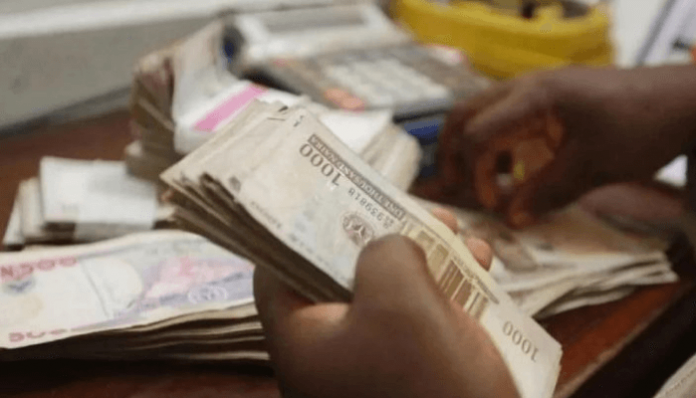In their independent update on the fixed-interest securities market, traders said that the average yield on Nigerian Treasury notes decreased by seven basis points to 21.8% on Wednesday in the secondary market.
The yield on Nigerian bills varies as long as investors keep their money in naira assets to stave off inflation in the face of rising interest rates.
Rates may have peaked, according to a recent primary market auction held by the Central Bank of Nigeria. Spot rates on sales of Treasury bills at the primary market have begun to fall. Despite high interest rates and inflationary market conditions, the drop in spot rates has now affected all tenor instruments.
Rates cut was possible due to strong demand for Nigerian Treasury bills at various primary market auctions conducted by the CBN.
The monetary authority had used higher spot rates on one year Treasury bills to attract foreign investors into the economy. However, the authority has started scaling back on rates, thus reducing balance sheet funding costs.
In the secondary market on Wednesday, the Treasury bills secondary market traded with bullish sentiments again as anticipated after inflation climbed to 33.95% in May, 2024. As a results of buying momentum, the average yield contracted by 7bps to 21.8%.
Cordros Capital Limited told investors via email that the average yield dipped at the short (-5bps), mid (-6bps) and long (-8 bps) segments. Analysts attributed the contraction yield to buying interest in the 8-day to maturity bill, whose yield dipped by -6bps.
The market also show interest in 176-day to maturity, causing its yield to dip by -6bps, while demand for 337-day to maturity dragged its yield down by 9bps. Elsewhere, the average yield declined by 7bps to 21.7% in the OMO bills segment in the secondary market.
In the money market, short-term benchmark interest rates adjust to liquidity fluctuations. At the close of business, the overnight lending rate expanded by 89 bps to 27.1% in the absence of inflows.












